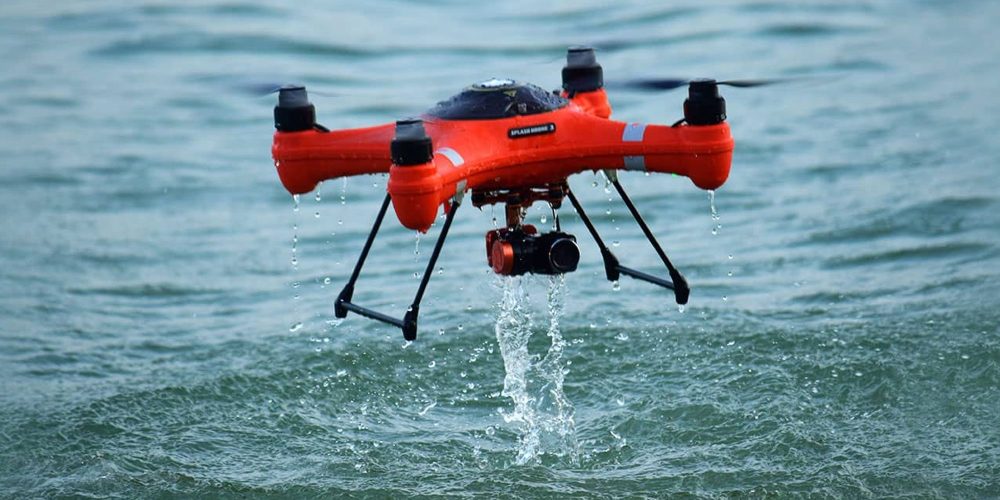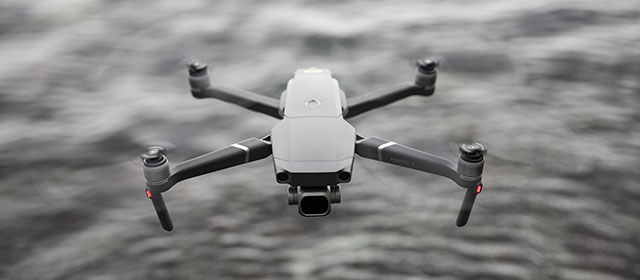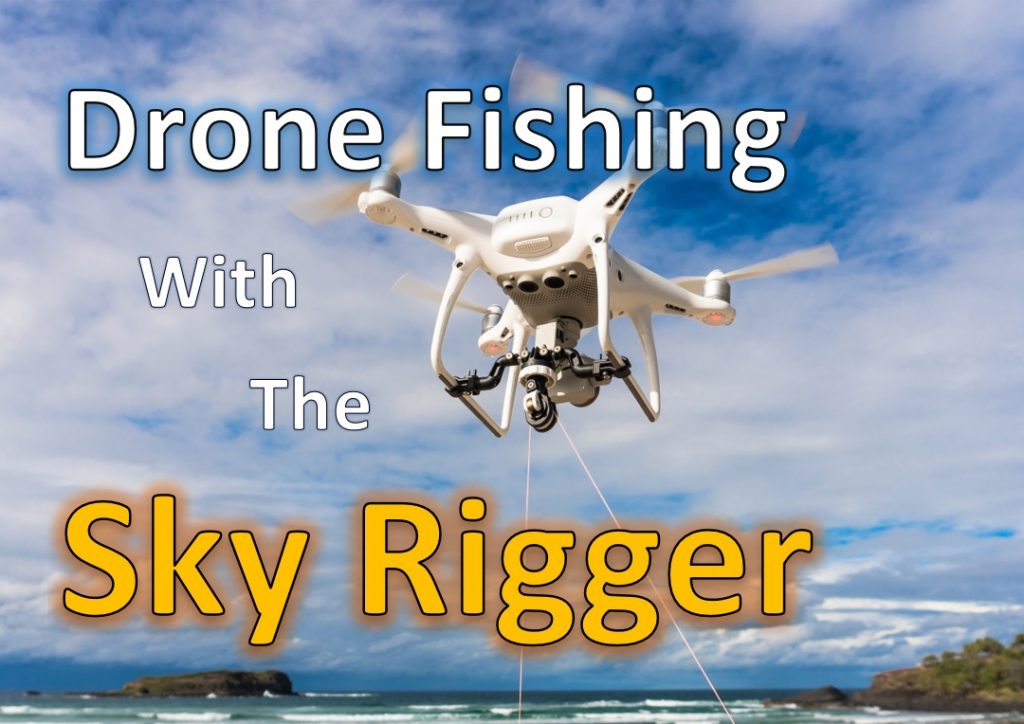
A new fishing style has emerged in New Zealand: drone fishing! This exciting new technique uses the latest in drone technology. It opens up a new world of fishing options. Drone Fishing NZ and DJI are the best places to buy a drone for fishing. Splash drones, GoFish and custom-built fishing rods are also available.
Aerokontiki Drones
Sharkan offers a Fishhawk, a fishing drone that captures the action better. The stabilized camera takes 12-megapixel photos and 4k UHD movies at 30 frames per minute. You can even view the videos directly on your smartphone. You can view the videos on your smartphone with a spare battery and a flight time of up 23 minutes.
Mobula
The Mobula drone is specifically designed for fishing, so you don't have to worry about letting it fly into the water. The drone's buoyancy and IP56 rating means it can withstand winds up to 20 km/h. It also has built-in safety features, including automatic return to home, automatic payload release, and 3 different release mechanisms. A water-returning feature means that your drone will always return to the surface if its battery dies.
Banks'
A fishing drone is a popular choice for anglers and other sports enthusiasts. However, using a drone comes with its own set problems. The drone is not recommended for fishing in shallow water. Another problem occurs when a drone crashes at the same place twice. The video footage you receive can be questioned and you shouldn't trust it.

SplashDrone 4
Swellpro created the SplashDrone 4 waterproof drone with a new floating platform. It's ideal for fishing parties, all kinds of water activities and is made from corrosion-resistant materials and high-quality ABS to withstand any conditions. Smooth+ Flight Control System - The SplashDrone 4 gives you full control over your drone. This allows you to maintain stability in any situation. Its advanced technology allows it to capture every angle and every moment from the sky.
Fisherman Drone
You're in for a treat if you're a New Zealand Fisherman drone fisherman. For drone fishing enthusiasts, snappers are highly prized. They are beautiful and tasty, making them a delight to catch. These fish are found on the North and South Islands coasts. They often gather in large numbers during the springtime, when they spawn. These fish are available in summer as well as fall, so you can catch them all year.
Flying a drone
You should be aware of the following guidelines if you are planning to fly a drone in New Zealand for drone fishing. First and foremost, you should know the law. It is against the law to fly your drone over marine life, or within 500 metres of any marine mammal. You'll also need to be mindful of your surroundings when flying your drone, as you don't want your expensive drone confiscated or damaged.
Payload for a drone
A drone can be used for fishing. However, you need to consider the payload. You will need to find a drone with a payload capacity to carry heavy fish and enough endurance to fly for a long time. If your drone is only used for a short time, it will not catch enough fish to be worthwhile. New Zealand's drone fishing is becoming more advanced.

FAQ
Does the FAA regulate drones?
The FAA oversees all aspects regarding drone operations, including safety standards and certification requirements.
Which US states allow drones?
You can legally fly a drone for personal use. The Federal Aviation Administration has created guidelines to allow small unmanned aircraft system (UAS) use. These UASs must be registered with the FAA before they can be flown. If certain conditions are met, the FAA allows commercial operators to fly these UASs.
Can you fly a drone high without a licence?
The FAA doesn't limit how high you can fly your drone. They do require that you register your unmanned airplane system (UAS), which includes registration number, model number, weight, size and manufacturer's names, as well as other information.
Statistics
- With the top 10% making over $100/h and the bottom 10% making as low as $10/h. (dronesgator.com)
- Research and Markets predict a growth rate of 51.1% over the next five years. (thedroneu.com)
- According to the multiple listing service (MLS), houses and apartments with drone photographs are up to 68 percent more likely to sell than those without pictures. (thedroneu.com)
External Links
How To
How to Fly Drones With Beginners
A drone is a remote-controlled aircraft used for aerial photography, cinematography, surveillance, scientific research, and hobby purposes. Drone technology has been around since World War II. DJI's Phantom series of quadcopters was the first to be commercially used. Many types of drones have been made available since then, from beginner-friendly models such as the Parrot AR Drone 2.0, to high-end multi-rotor craft such as the DJI Mavic Pro.
There are many methods to fly a Drone, including
-
Remote control - This allows you to control the drone from your hand. There are two main types, On/Off switches (like radios) and joysticks.
-
Manual Control - Using a smartphone app, this method allows users to remotely operate the drone via GPS coordinates. The app will give you instructions.
-
Autonomous Flying - This allows the drone to take over all of the piloting duties. It basically flies autonomously without any human intervention. A drone must have a builtin camera and sensors capable to capture images and other data.
-
Triggered Flight - This method is similar to manual control, except the pilot manually sets up a preprogrammed route, and the drone follows that route until it reaches the endpoint. The drone automatically lands once the route has been completed and returns to the base.
-
Landing Gear- Some drones include landing gear that allows for safe landing if the power goes out or they run out of batteries.
-
Goggles - Some pilots wear goggles to protect themselves from debris while operating.
-
Camera - Some drones can be equipped with cameras which enable you to capture photos from the sky.
-
Obstacles. Some drones can have obstacle avoidance technology that stops them from hitting obstacles.
-
Speed - Drones can reach speeds up to 40 mph.
-
Battery Life - Most drones last between 20 and 3 hours depending on how much power they have.
-
Range - Some drones can travel upto 30 miles depending on their models.
-
Power source: Some drones will require an external power source while others can be powered by internal batteries.
-
Weight - Some drones can be as light as 1 pound while others can reach 4 pounds.
-
Size - From small drones that can be carried in the palm of one's hand to larger drones that weigh over 50 pounds, drones come in a variety of sizes.
-
Price - All drones fall within a specific price range, from high-end models that can cost thousands of dollars to lower-cost options starting at $100.